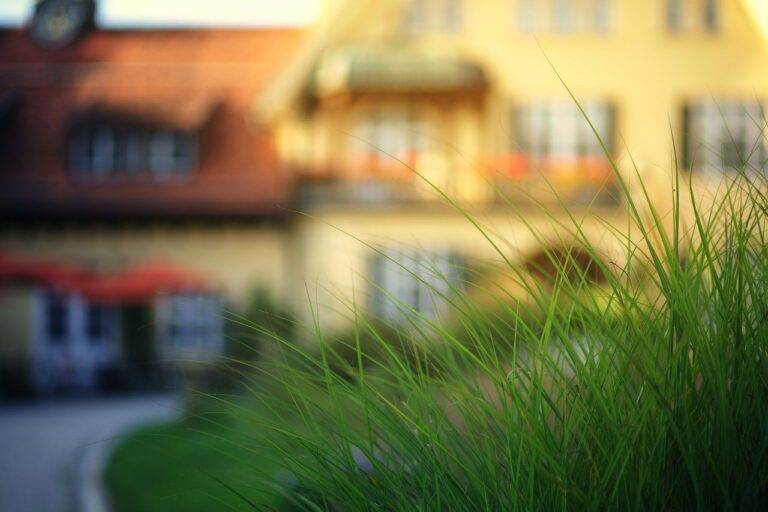Exploring Traditional Silk Weaving: Learning the Art of Sericulture and Textile Production
Silk weaving has a rich history that dates back thousands of years. It is believed to have originated in ancient China, where the secrets of silk production were closely guarded. The delicate and luxurious fabric made from silkworm cocoons quickly became highly coveted by the elite and was even used as a form of currency at one point.
The techniques of silk weaving eventually spread to other parts of the world, including India, Persia, and eventually Europe. Silk fabric became synonymous with royalty and wealth, with intricate designs and patterns crafted by skilled weavers. Today, silk weaving continues to be a highly prized craft, blending traditional methods with modern technology to create stunning textiles admired worldwide.
The Process of Sericulture
Sericulture, the process of cultivating silkworms for the production of silk, has been practiced for over 5,000 years. It all begins with the careful selection of high-quality silkworm eggs, which are then incubated in a controlled environment to ensure optimal conditions for hatching. Once the eggs hatch into larvae, they are fed a diet consisting of mulberry leaves to promote their growth and development.
As the silkworms grow, they enter the cocoon stage where they produce the silk fibers that are harvested for weaving. During this phase, the silkworms spin their cocoons using a continuous silk thread that can measure up to 900 meters in length. After the cocoons are formed, they are carefully collected and boiled to soften the silk fibers, making it easier to unravel and extract the raw silk threads for weaving.
The Life Cycle of Silkworms
The life cycle of silkworms begins with the female moth laying hundreds of eggs. These tiny eggs are carefully placed on mulberry leaves where they hatch after about 10 days. Once hatched, the silkworm larvae start feeding voraciously on the mulberry leaves to fuel their rapid growth.
As the larvae continue to eat and grow, they shed their skin multiple times in a process called molting. After around 5 weeks, the now fully grown silkworm spins a protective cocoon made of silk fibers. Inside this cocoon, the silkworm undergoes a remarkable transformation into a pupa before emerging as a moth.
• The female moth lays hundreds of eggs on mulberry leaves
• Eggs hatch after about 10 days
• Silkworm larvae start feeding on mulberry leaves to grow rapidly
• Larvae shed their skin multiple times in a process called molting
• After around 5 weeks, fully grown silkworm spins a protective cocoon made of silk fibers
• Inside the cocoon, the silkworm transforms into a pupa before emerging as a moth
What is the history of silk weaving?
Silk weaving has a long history dating back to ancient China, where it was a closely guarded secret for many years. The process of silk production eventually spread to other parts of the world, leading to the development of the silk industry.
What is sericulture?
Sericulture is the practice of rearing silkworms for the production of silk. It involves the cultivation of mulberry trees, feeding the silkworms with mulberry leaves, and harvesting the silk cocoons.
What is the life cycle of silkworms?
The life cycle of silkworms consists of four stages: egg, larva, pupa, and adult. The eggs hatch into larvae, which then feed on mulberry leaves and spin silk cocoons. The pupae develop inside the cocoon and eventually emerge as adult moths.
How long does it take for a silkworm to complete its life cycle?
The entire life cycle of a silkworm, from egg to adult moth, typically takes around 6-8 weeks.
What factors can affect the life cycle of silkworms?
The temperature, humidity, and quality of mulberry leaves can all impact the development and growth of silkworms during their life cycle. Proper care and management are essential for successful silk production.





